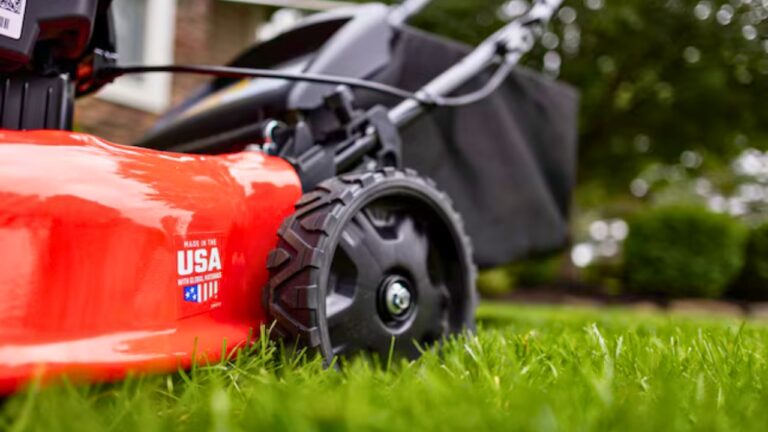Why Your Backyard Feels Hotter Than It Should—And How to Fix It
When you step outside and feel like you’re baking—even in the shade—it’s not just the summer heat. A lot of backyards are set up in ways that trap heat instead of helping it move. Certain surfaces, materials, and landscaping choices can soak up and reflect heat all day, making your yard feel way hotter than it needs to.
Luckily, there are a few fixes that really work—and most of them don’t take much to do.
Too Much Concrete and Hardscaping

Patios, walkways, gravel beds, and retaining walls absorb and radiate heat long after the sun goes down. If your yard feels like a pizza oven at 6 p.m., this is probably part of it. To cool things down, use lighter-colored materials where you can or break up the space with mulch, ground cover, or shade plants that help cut the heat load.
Not Enough Shade in the Right Places

A single tree on the far side of your property isn’t doing much for the patio. Think about where the sun actually hits during the hottest part of the day. Shade sails, pergolas, or even a row of fast-growing shrubs can make a noticeable difference. Shade doesn’t have to be fancy—it just needs to block that direct sun.
Metal Furniture That Heats Up Fast

Metal patio chairs and tables act like frying pans in the heat. They not only soak up heat but also radiate it, making the air around them feel warmer. Swapping them out for wood, plastic, or mesh options—or even tossing some thick fabric covers over them—can make sitting outside a whole lot more bearable.
Not Enough Plants to Cool the Air

Grass, ground cover, shrubs, and trees actually help cool the surrounding area by releasing moisture and blocking sunlight. If your yard is mostly hardscaping or dirt, it’s going to run hotter. Even a few planters, raised beds, or fast-growing vines can help take the edge off.
Dark Mulch That Absorbs Heat

While mulch helps hold in moisture, dark mulch like black or deep brown can trap a lot of heat. It’s especially noticeable around patios or walkways. Lighter mulches—like straw, shredded cedar, or even pine needles—reflect more light and help lower the temp around your beds and walkways.
No Airflow Around Seating Areas

A backyard with tall fencing, solid walls, or thick plantings can feel stagnant on a hot day. If the breeze can’t move, the heat gets trapped. Open up airflow where you can—trim back overgrown shrubs, stagger fencing, or add a fan or two in covered areas to keep the air circulating.
Poor Lawn Watering Habits

Dry, patchy grass radiates more heat than you’d expect. Lawns that are watered deeply and early in the morning tend to stay cooler and more lush, which makes the whole yard feel better. Avoid shallow watering or evening watering that can cause mildew without doing much to cool things down.
Overusing Artificial Turf

Artificial turf can reach scorching temperatures even on mildly warm days. It doesn’t breathe, and it doesn’t cool off like real grass does. If you’ve got a big patch of turf and nowhere to escape it, consider adding some shaded areas or breaking it up with stepping stones or planter borders.
Heat-Reflecting Surfaces Near the House

Things like glass doors, light-colored siding, or reflective materials near your patio can bounce heat right back into your sitting area. Adding an awning, some outdoor curtains, or even planting a vine on a trellis nearby can help block that extra reflected heat and keep things more comfortable.
Not Using Water Strategically

Even a small water feature—like a bubbling fountain or a kiddie pool in the shade—can help bring the temperature down in a concentrated area. Water cools the air as it evaporates, so placing it near your patio or seating area can actually make it feel noticeably cooler, especially when paired with a fan or breeze.
*This article was developed with AI-powered tools and has been carefully reviewed by our editors.







